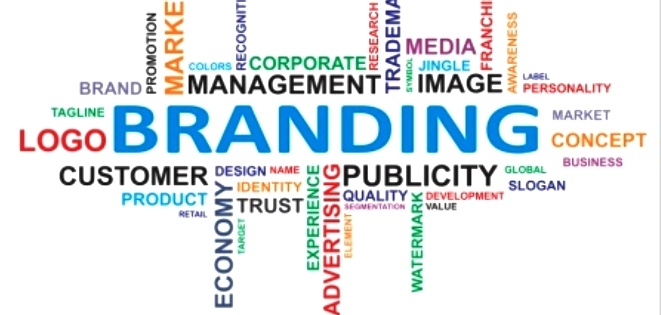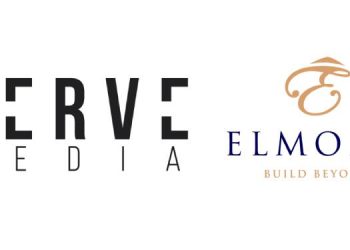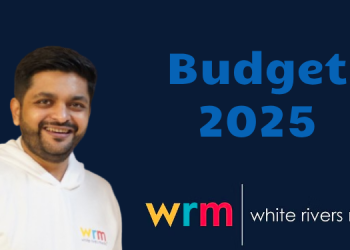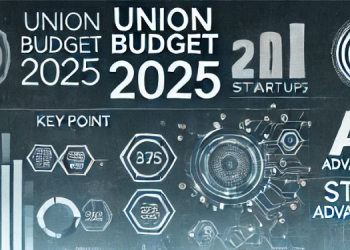
Once upon a time, a brand was an identifying mark burned onto livestock with a branding iron. Today, of course, a brand is the way to identify a particular type of something. This identity or image is clearly an asset, as countless marketers and communicators have argued. Both brand and its cousin branding are widely-used words, but unevenly understood. Let’s make a better sense of both by answering eight essential questions.
* What is the difference between a brand and branding?
A brand is shorthand for the sum total of the perceptions about your company and the services you provide. Advertising legend David Ogilvy described it as the intangible sum of a product’s attributes. Those perceptions can be rational, emotional or visual.
The act of branding is something you can control. A branding programme is all about managing those perceptions by using the many tools of marketing communications. The value of coordinated communications is that everything from consumer advertising to brochures to your website sings the same refrain. But in managing the total experience consumers have with you, one must recognise that people may transfer their experiences in unexpected ways. For instance, a customer at an upmarket department store may walk across the street and expect a retail bank to deliver a similar level of service. In other words, businesses can no longer benchmark themselves within their category alone.
* So a brand is really a promise?
Yes, it is a promise of what the consumer should expect from you and a promise of how you will perform. A brand is like a person’s reputation. It is enriched or undermined by your actions. So a brand is much more than a trademark. It is actually a mark of trust.
* How does branding differentiate a firm or a product?
Much of marketing is mental – it is your idea versus someone else’s idea. Effective branding creates a point of difference in the consumer’s mind. It allows you to stand out and stand apart. Walter Landor, a pioneer in the field of branding and consumer research, said, “Products are created in the factory, but brands are created in the mind.”
* We are an established business, not a new offering. Don’t we already have a position?
Research among employees, customers and the financial community would reveal how you are perceived. The question becomes, how far apart are those perceptions from the new reality of the company. And what new set of ideas will carry the company forward and truly differentiate it? Almost all re-branding programmes start with research among customers and prospects.
* What improves reputation or changes a perception?
It is action first, communications second. Communications is the mirror that you hold up to your concrete actions – 85 per cent of changing a perception is what you actually do, and only 15 per cent is what you say about it.
* Aren’t all brand names elastic? Can’t they extend over a range of products or services?
To a certain extent, a brand name can be ‘stretched.’ But it can only be stretched to a certain point. For example, like many car companies, Honda Motor Company applied the mid-range Honda brand name to a growing lineup of vehicles such as Civic, Accord, CR-V. But as Honda climbed the ladder of performance, styling and luxury, it realised it could not stretch the Honda brand indefinitely and then the upmarket Acura brand was born, with a completely separate identity.
* Is internal audience important for a branding programme?
In a service business with multiple points of contact, it is critical. Everything starts with your own people. The former global chief marketing officer of Kellogg Co said: “Unless you have clarity of what your brand stands for, everything else is irrelevant.”
* What can a successful branding programme accomplish?
It will identify a point of difference that sets you apart and how consumers stand to benefit. Successful branding can generate greater engagement with colleagues. It attracts talent as potential employees see an innovative, attractive organisation.

















